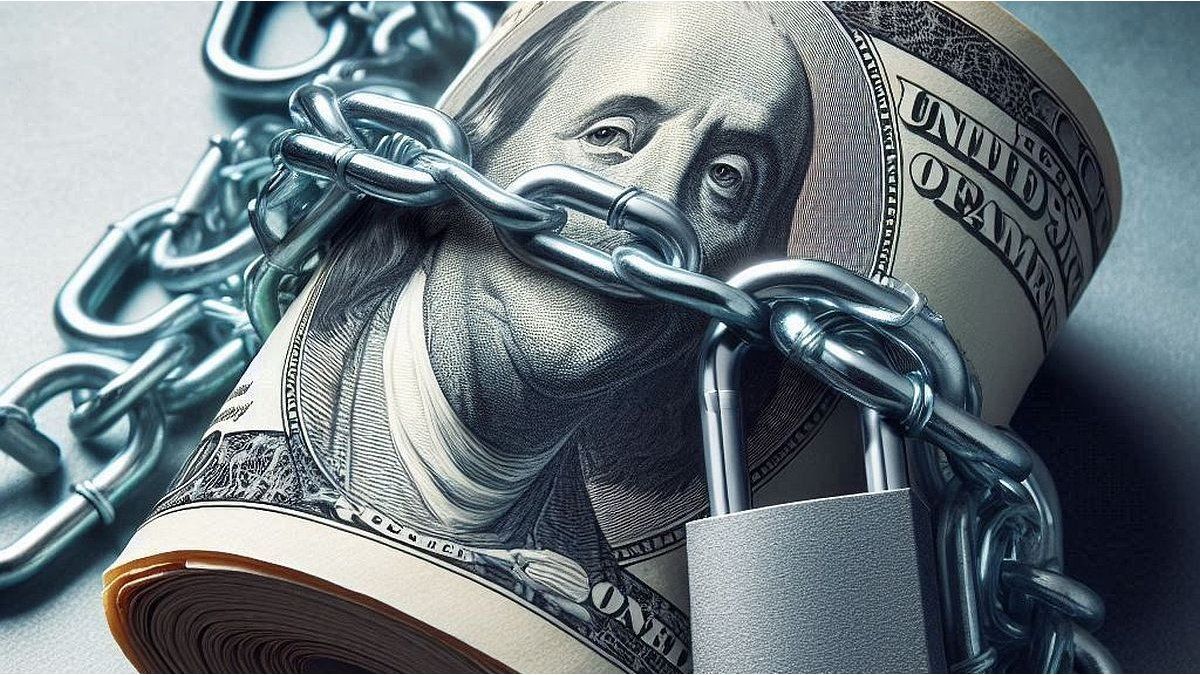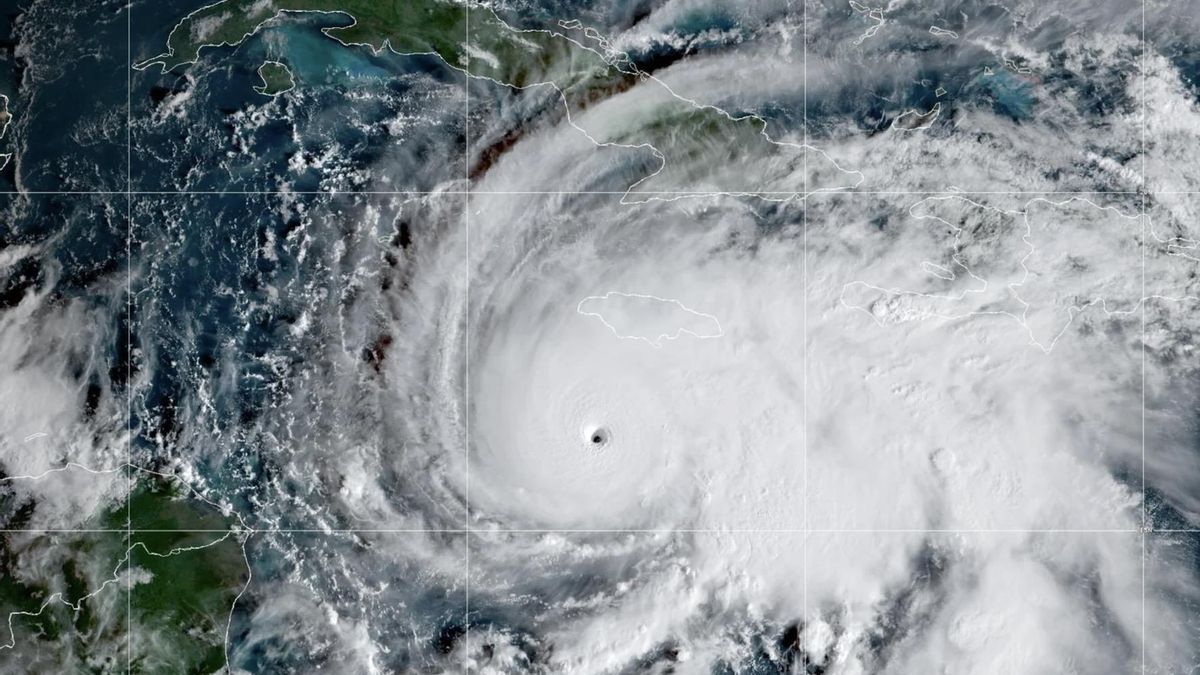The anchor in the price of the dollar remains a fundamental pillar of the disinflationary strategy of the government, despite the change in the exchange scheme that brought the new agreement with the International Monetary Fund (IMF). While the ruling party ensures that the currency floats freely, analysts warn that In recent months, indirect intervention overturned more than US $ 7,000 million to the change market, which allowed to contain the value of the “green ticket”.
With the liberation of the stockpity for “human people” and the end of “Crawling Peg” of 1% monthly, the official wholesale dollar had an adjustment close to 9% in the second half of April. The devaluation was lower than the one expected by the market; in fact, The exchange rate did not yet achieve at any day end up the center of the flotation bands set in the new scheme (this Monday closed at $ 1,205, touching said center).
However, the flotation was more “dirty” than “free.” A report by the CP consultant analyzed four mechanisms used by the government to influence the price of the dollar.
The four gadgets of the government to contain the price of the dollar
First, he highlighted the Sale of contracts in the futures market A3. “Between April and May the position sold of the Central Bank (BCRA) rose US $ 1,571 million. In June we estimate could reach U $ S1.9 billion“He said Pablo MoldovanCP director.
On this subject, the economist of Economy Open Federico MachadoHe explained that the sale of futures does not imply spending dollars in cash, but impacts the price of the dollar today, through the implicit rate.
“If I can buy a future dollar from December 2025 that is worth $ 1,300, then I can sell a dollar to $ 1,180 (price of the wholesaler last week), place those pesos at 2.6% monthly and buy a future dollar to cover my When selling a future dollar, the BCRA encourages other agents to sell dollars today “he exemplified.
Second, CP’s work marked the contribution of transient sales to retentionswhich enabled a liquidation of the agriculture superior to the one that usually see for these months. “We estimate that between April and June, the impact was some U $ 800 million additional, “Moldovan said.
This incentive for agricultural producers, plus the “Blend” dollar remove, explained a good part of the goods surplus that the BCRA registered during Mayaccording to an analysis by the consultant balances based on the exchange balance of the monetary authority. The liquidation was US $ 7,961 million, a figure greater than US $ 7,095 million accrued by INDEC accounts, which reflects the advancement in the collection of exports during the month in question.
As a third point, CP stressed to Failure to comply with the reservation goal With the IMF. Moldovan explained that the government should have bought US $ 3,100 million Between April and June, but “as he did not, he reduced the demand for dollars and helped contain the price.”
Finally, the report focused on Debt placations“They contributed US $ 1,500 millionmodeled non -compliance with the IMF, and also reduced the potential demand of dollars. “
The exchange anchor contains inflation, but deteriorates external accounts
In summary, Among these four roads, the official intervention achieved a flow of US $ 7.3 billion. “All this happened at an era where the offer of dollars abounds (and restrictions on companies are maintained). In a free market seasonality would say that the dollar should have dropped. Instead, it rose 10% since April,” Moldovan warned.
This artificial control over the price of the dollar is given In a context of extended deterioration in external accounts of the country, despite its contribution to the slowdown in inflation. Last week, INDEC published the data balance data, which showed the highest services deficit since there are records.
This “red” is mainly explained by the country increase in dollarsthat encourages tourism abroad and discourages the reception of foreign travelers. In addition, this exchange delay, plus the growing commercial openness, are also generating a strong import growth of goods, a particularly visible situation in the automotive industry due to the currencies consumed by each purchase of vehicles.
With this scenario, doubts about the sustainability of the current exchange rate grow. In this regard, recently the JP Morgan recommended that investors abandon the “Carry Trade” strategies and position themselves in dollars, given the growing ticket output, the end of the thick harvest and the uncertainty that usually accompanies the electoral contexts.
The government’s side seeks to show the strength of financing by international organizations and highlight their support for the economic plan and their “fundamental” solids, such as the elimination of the fiscal deficit.
Source: Ambito




